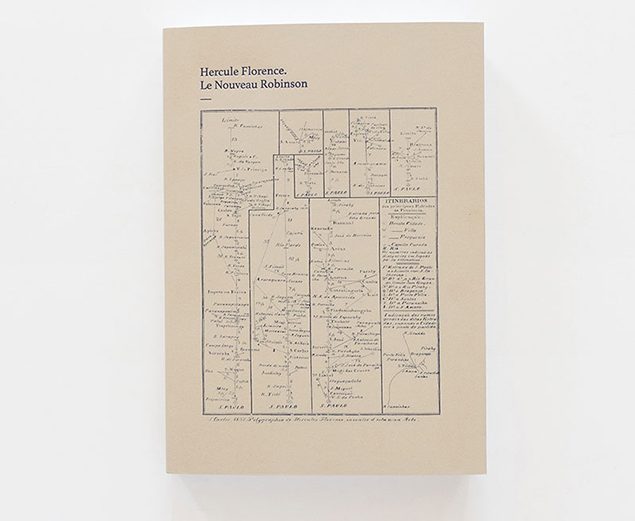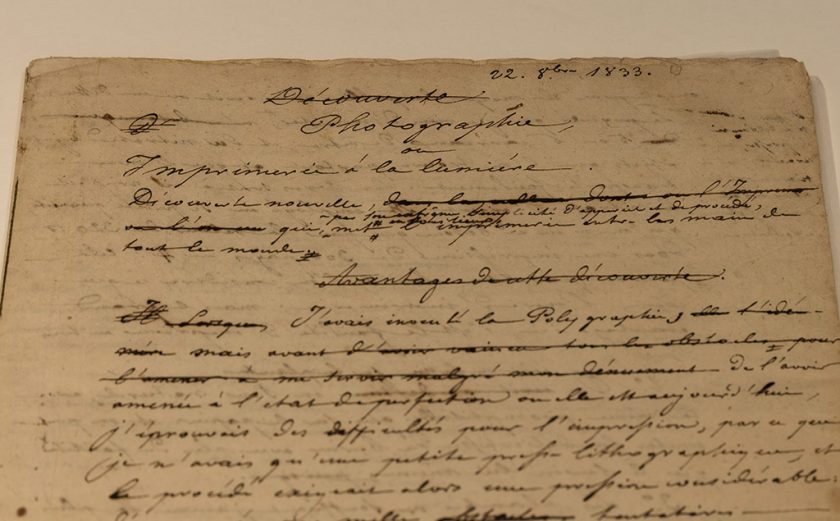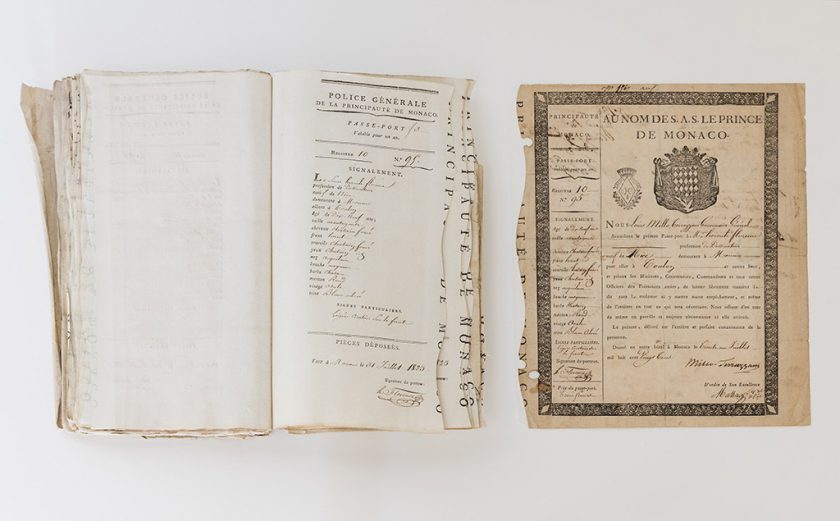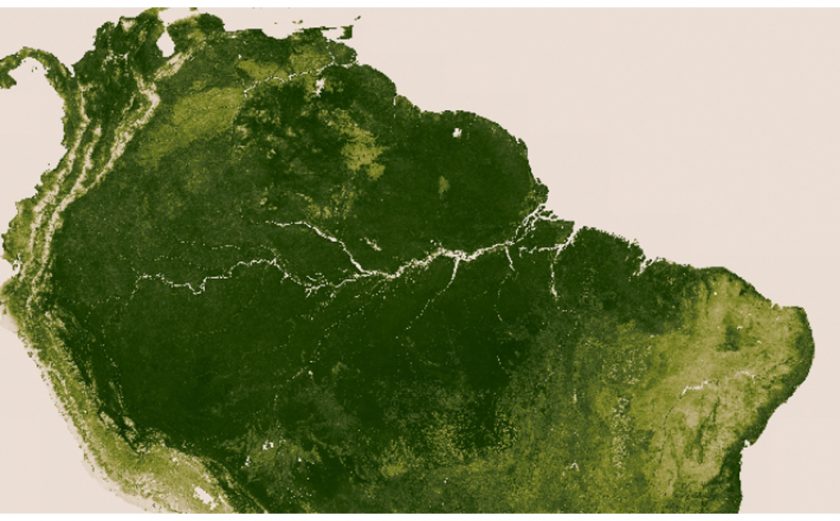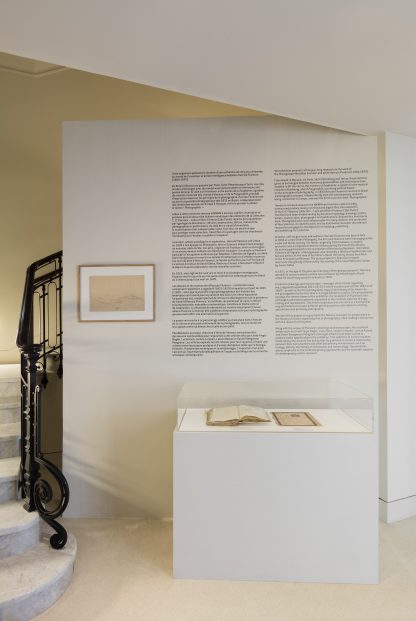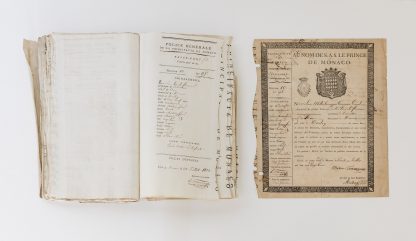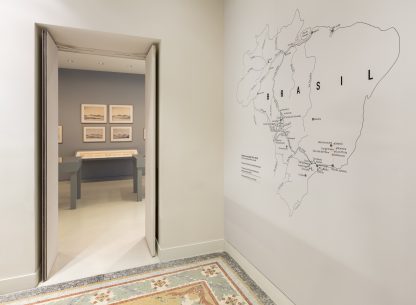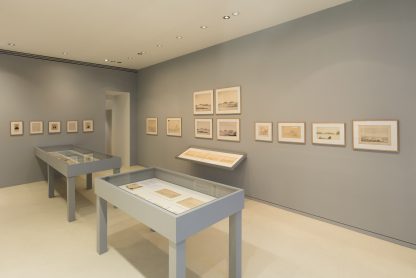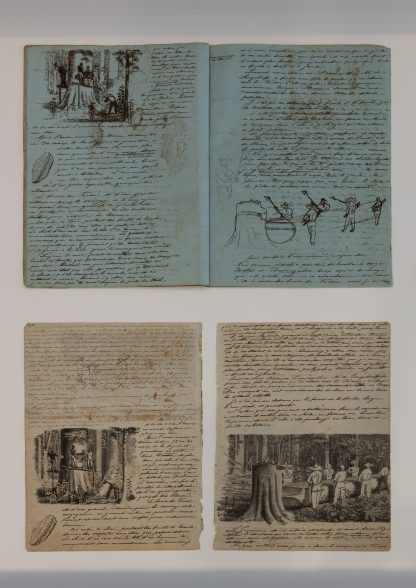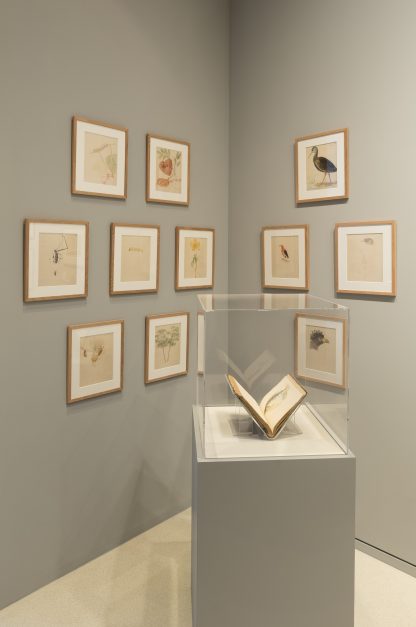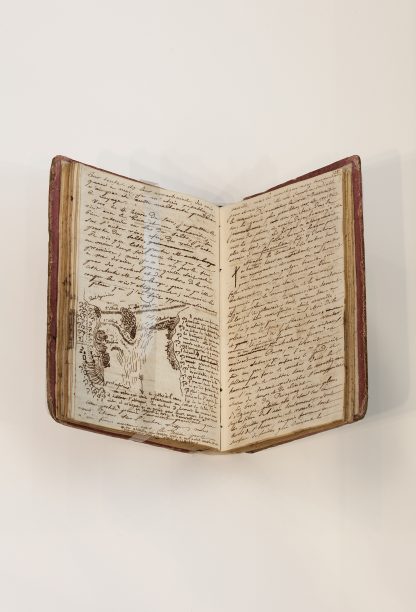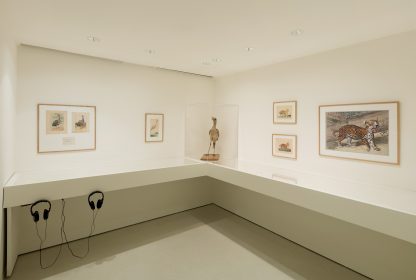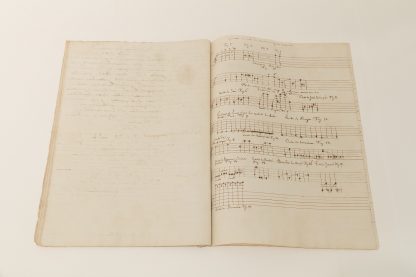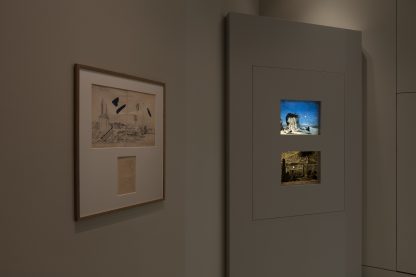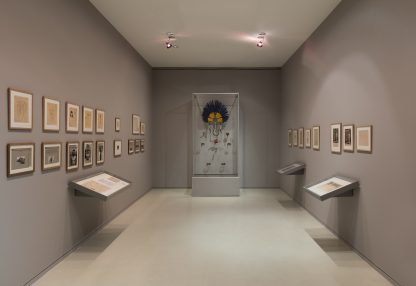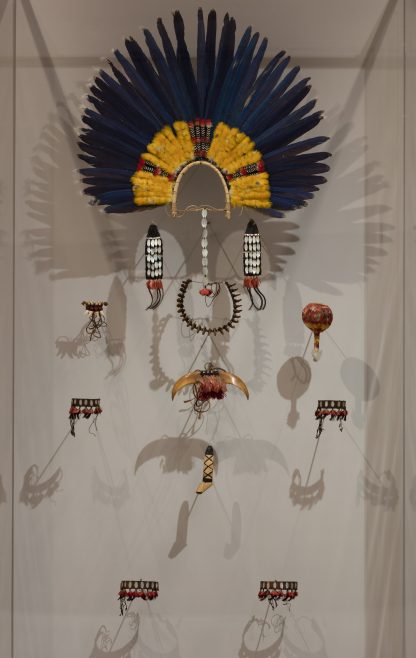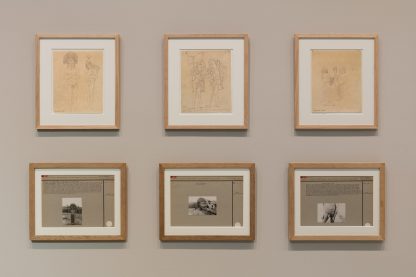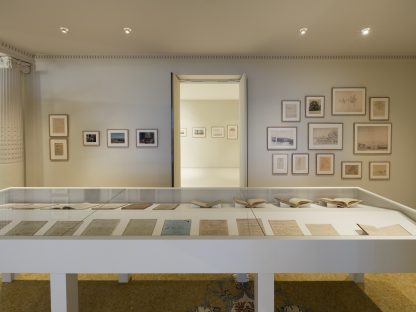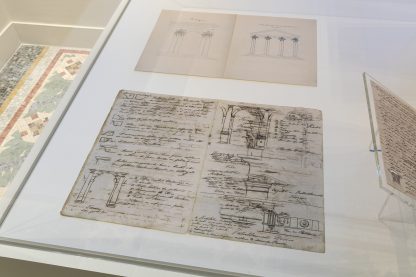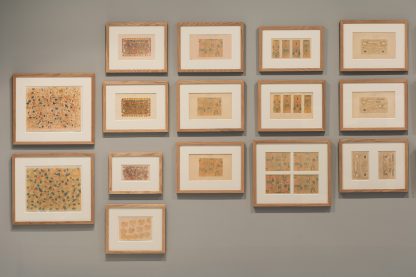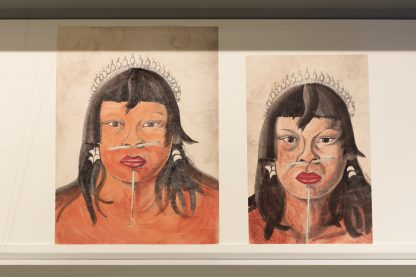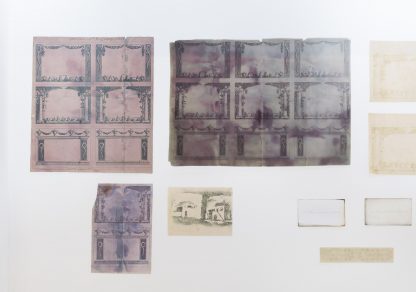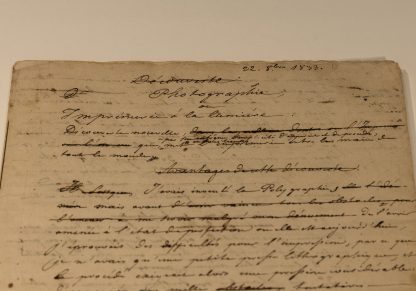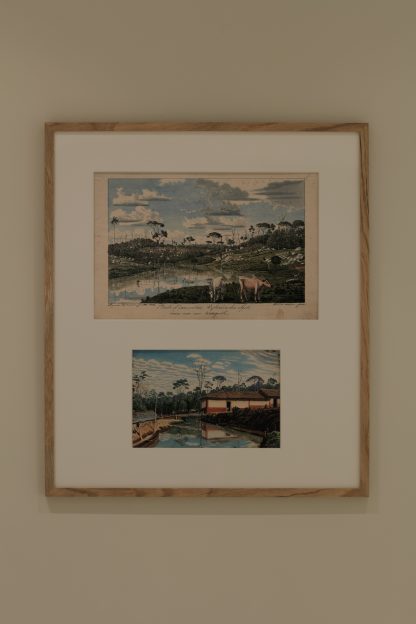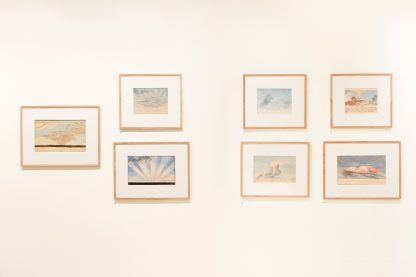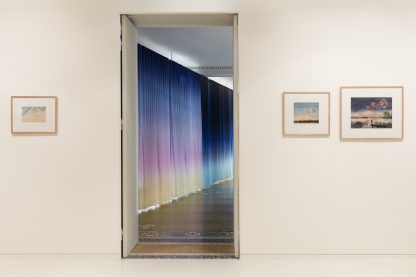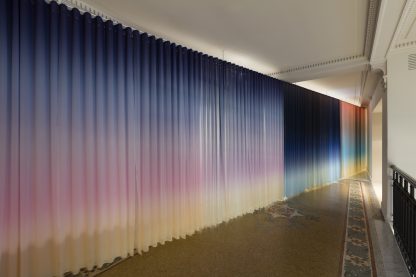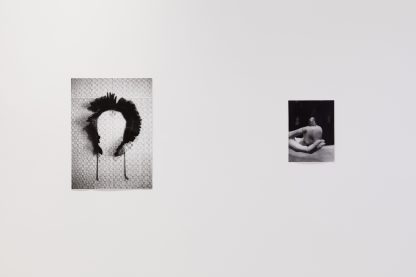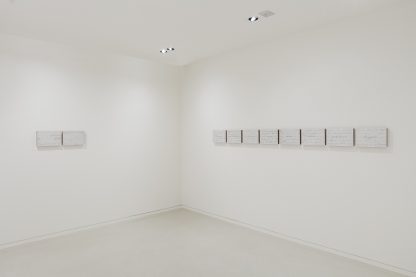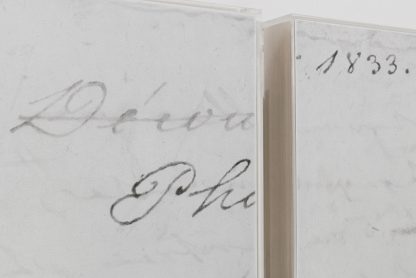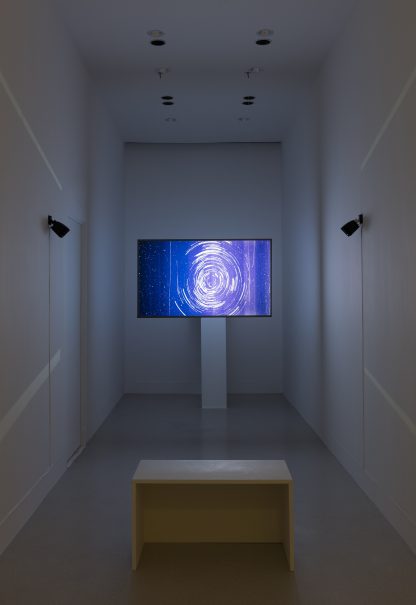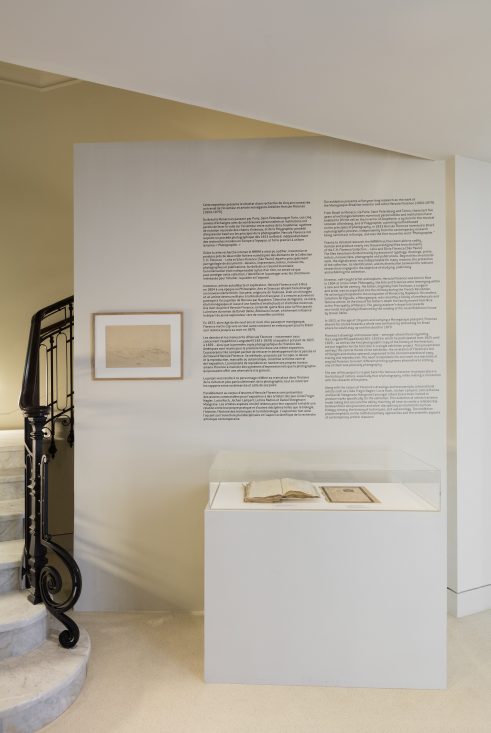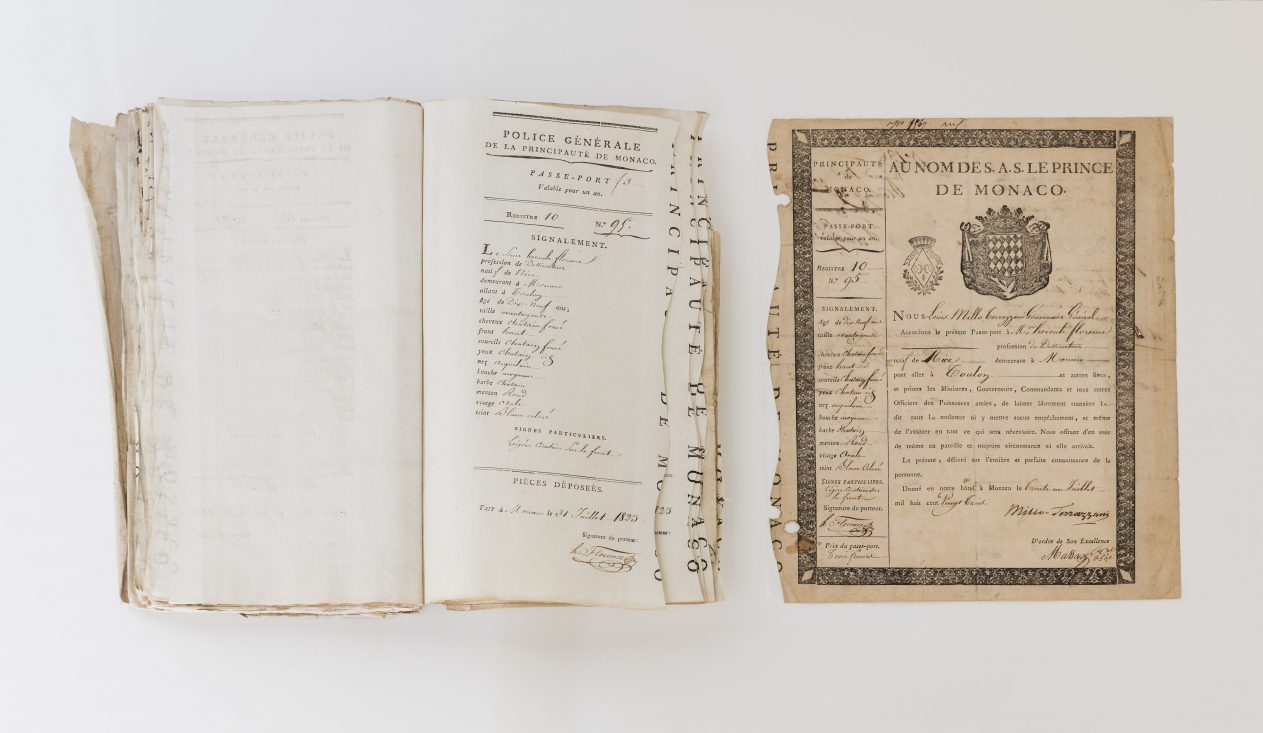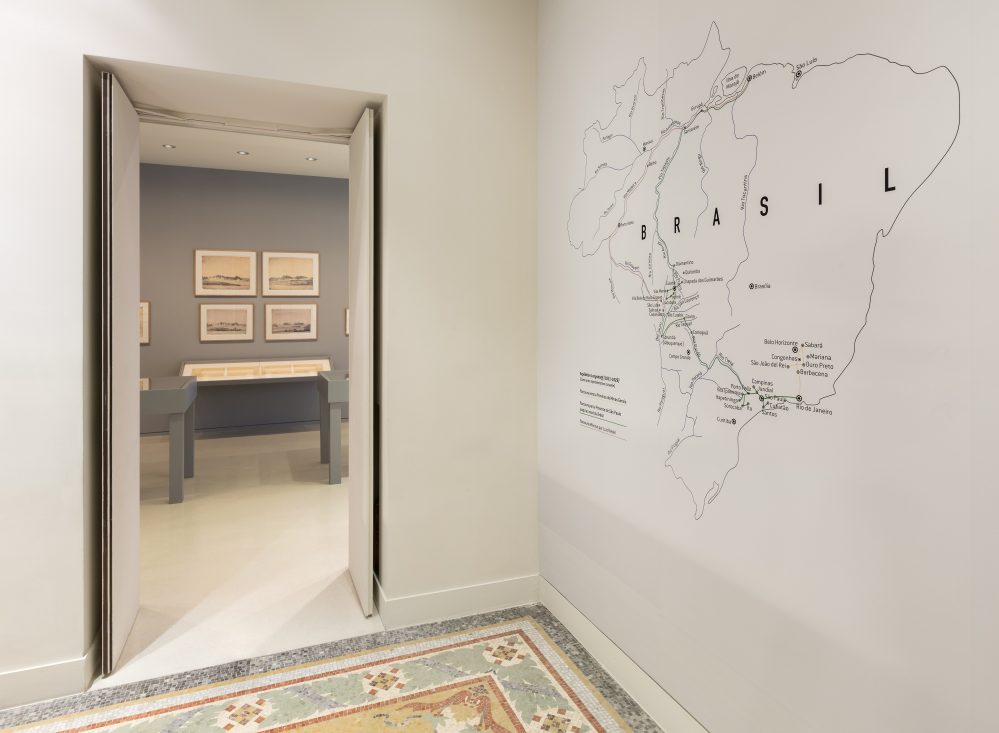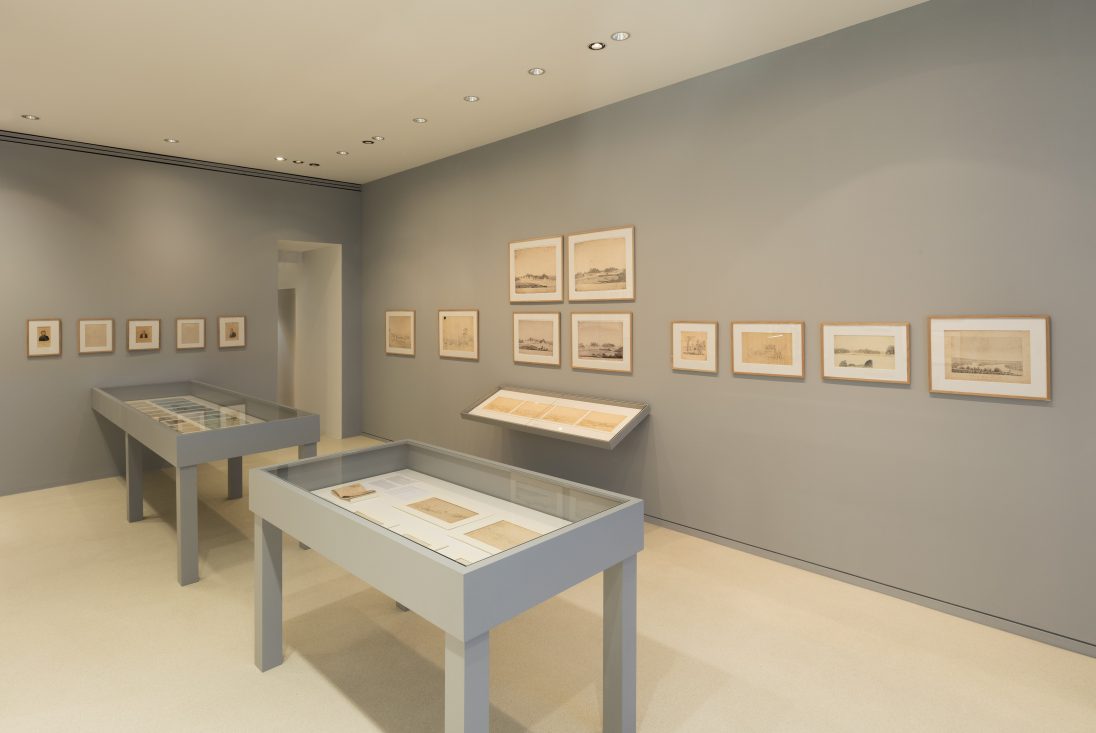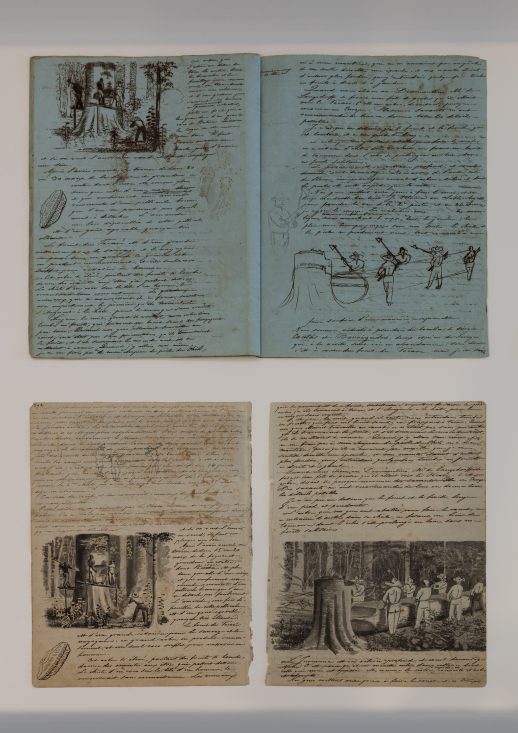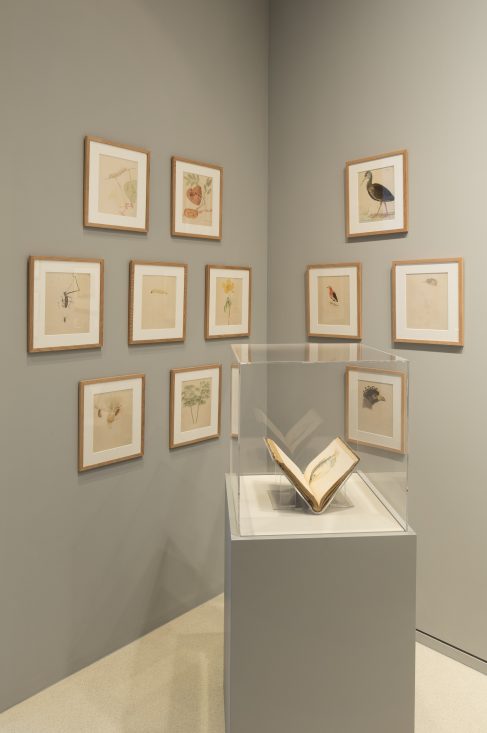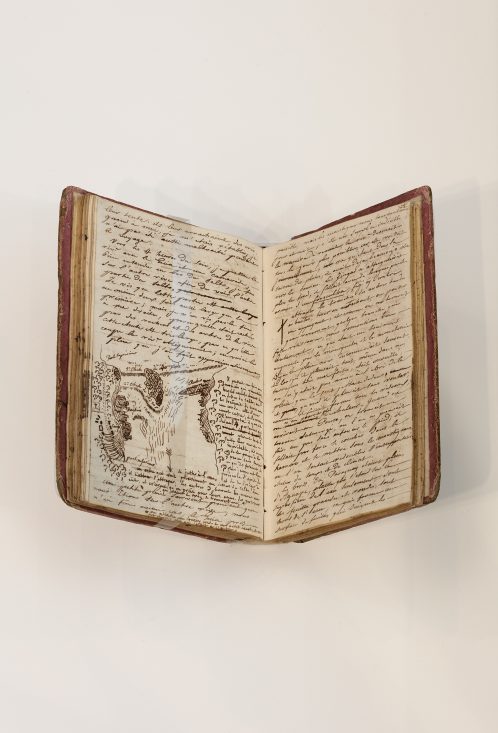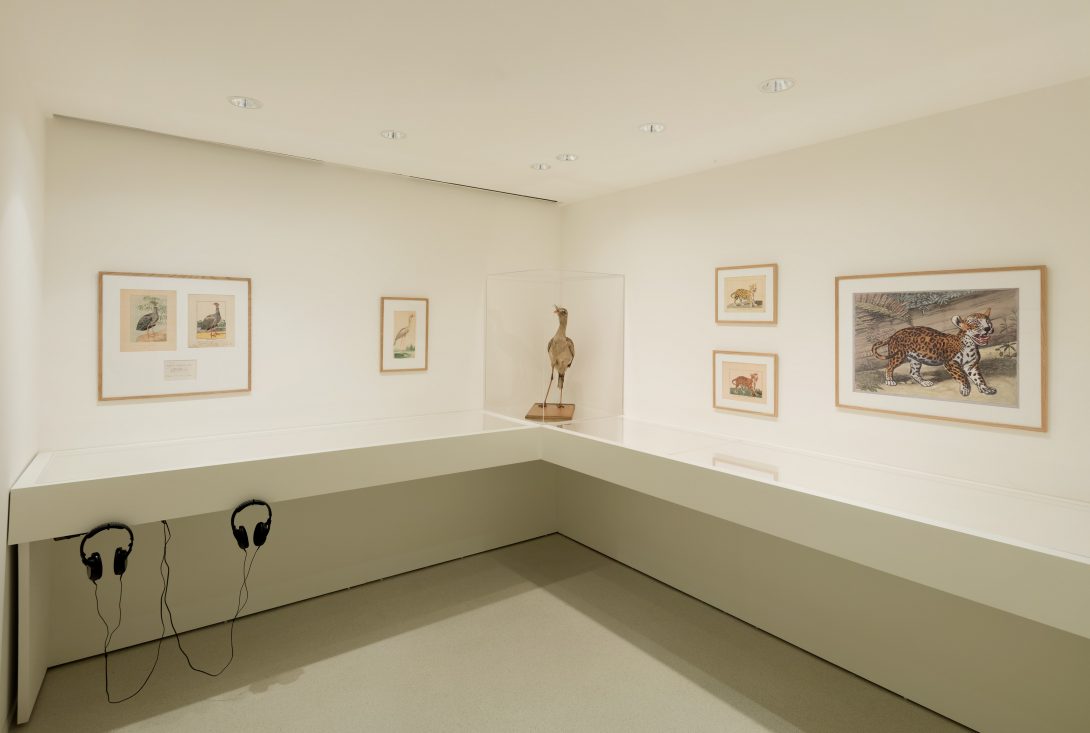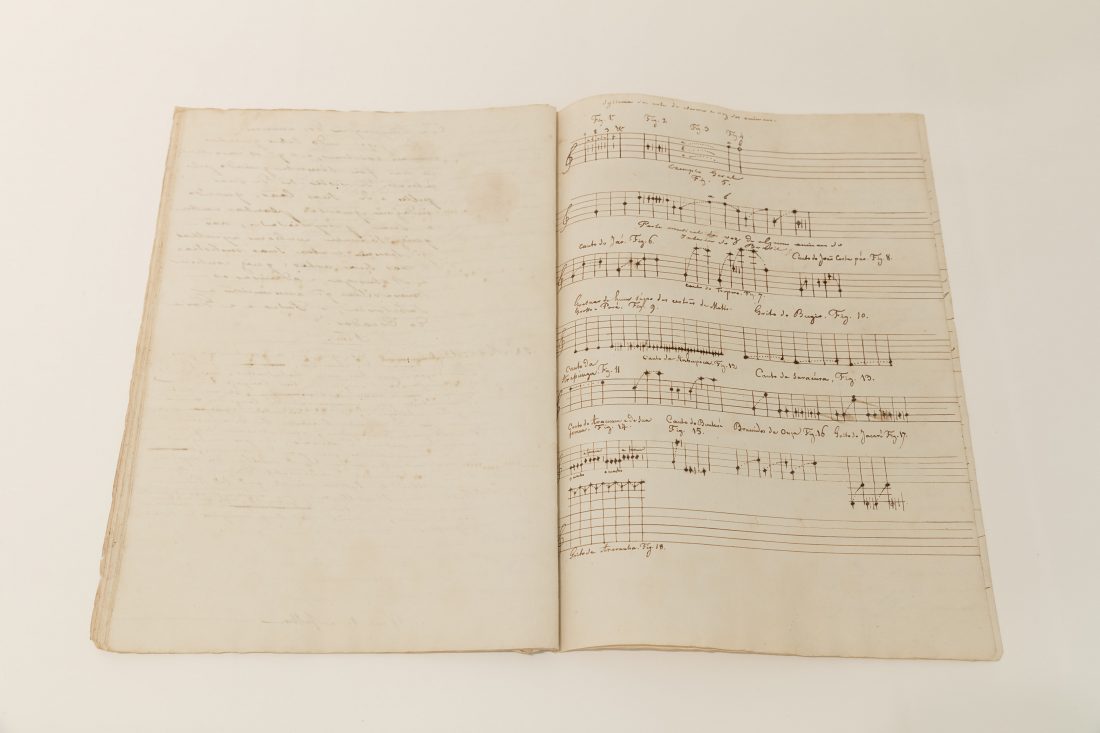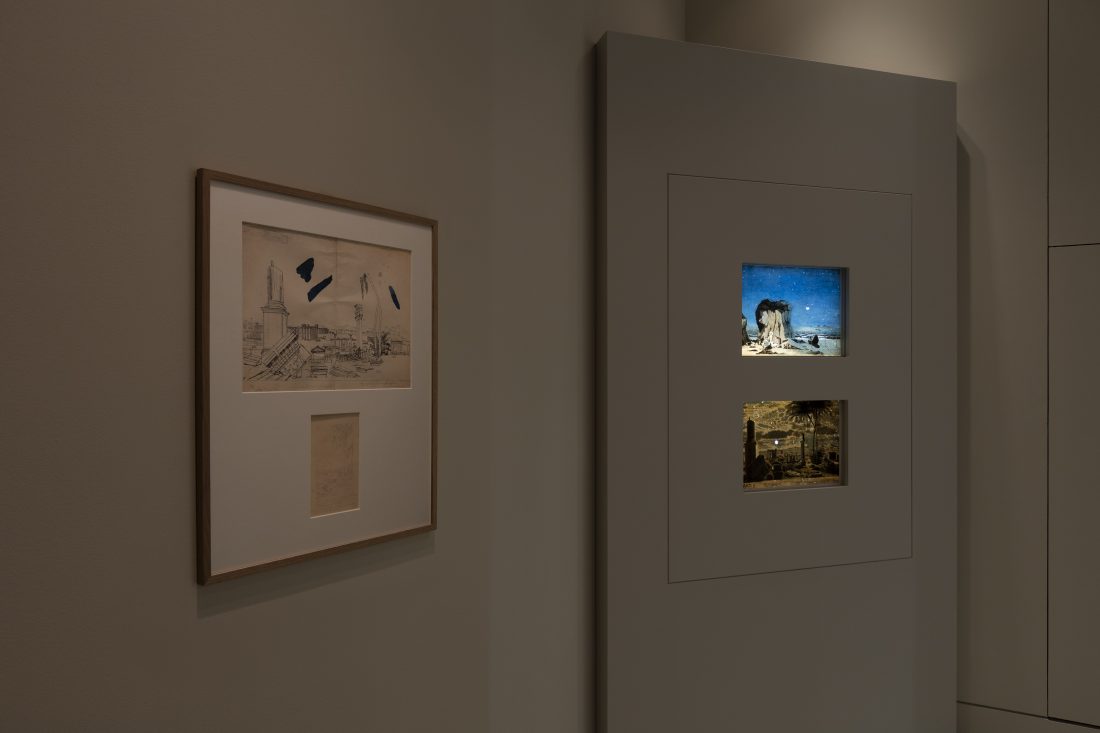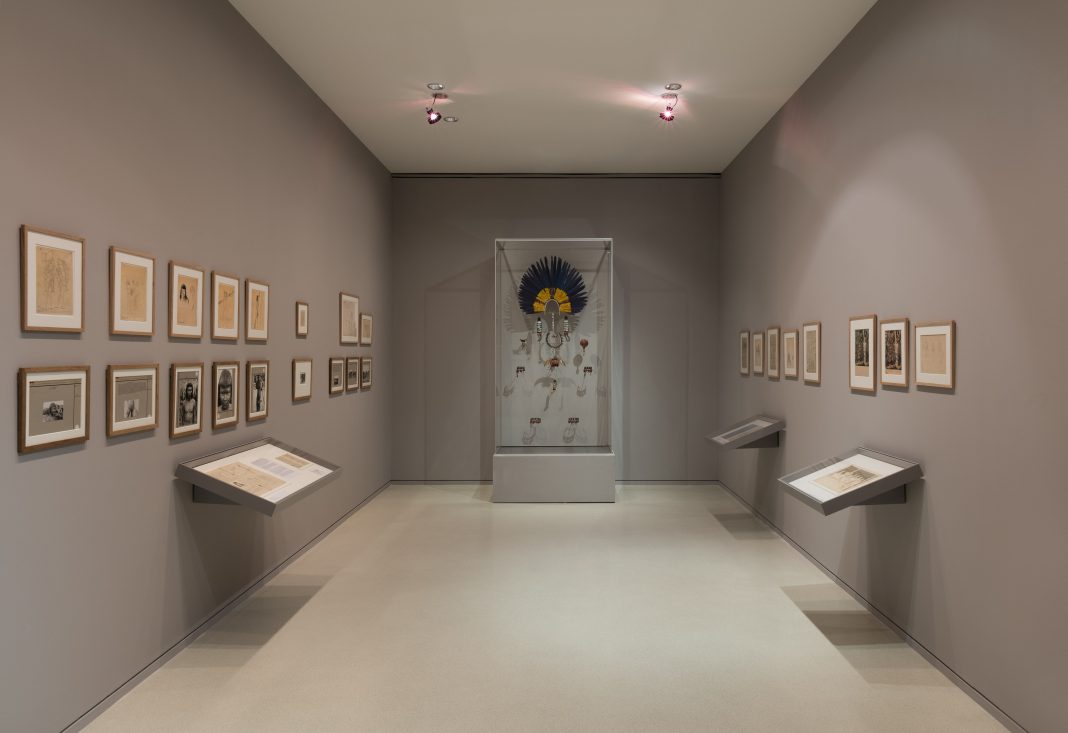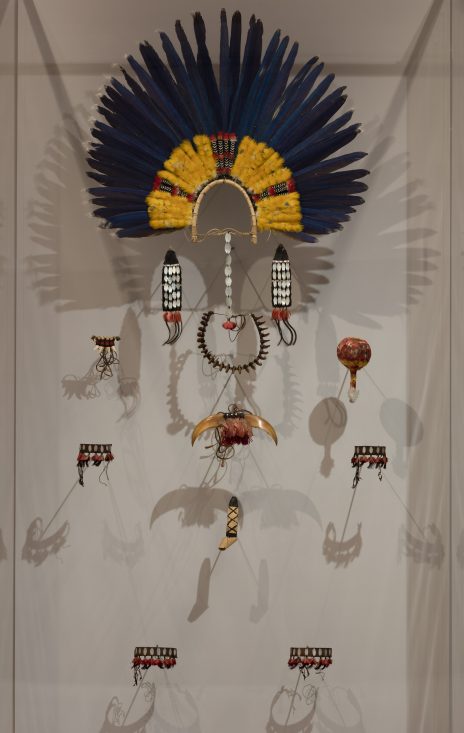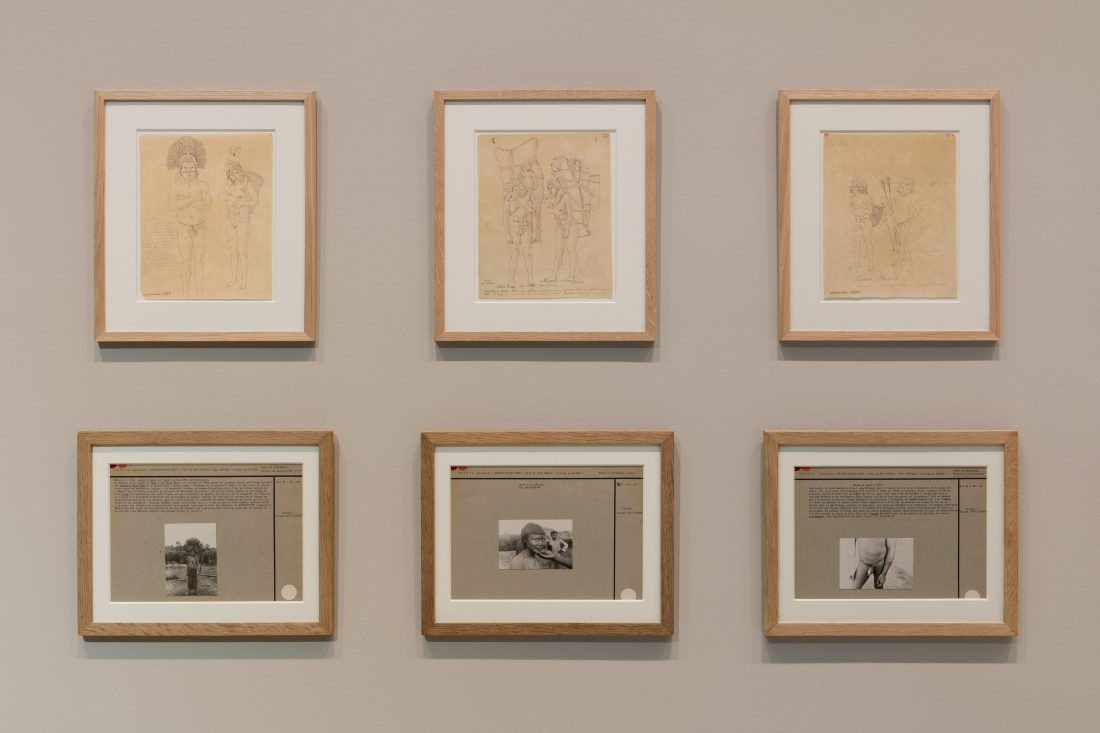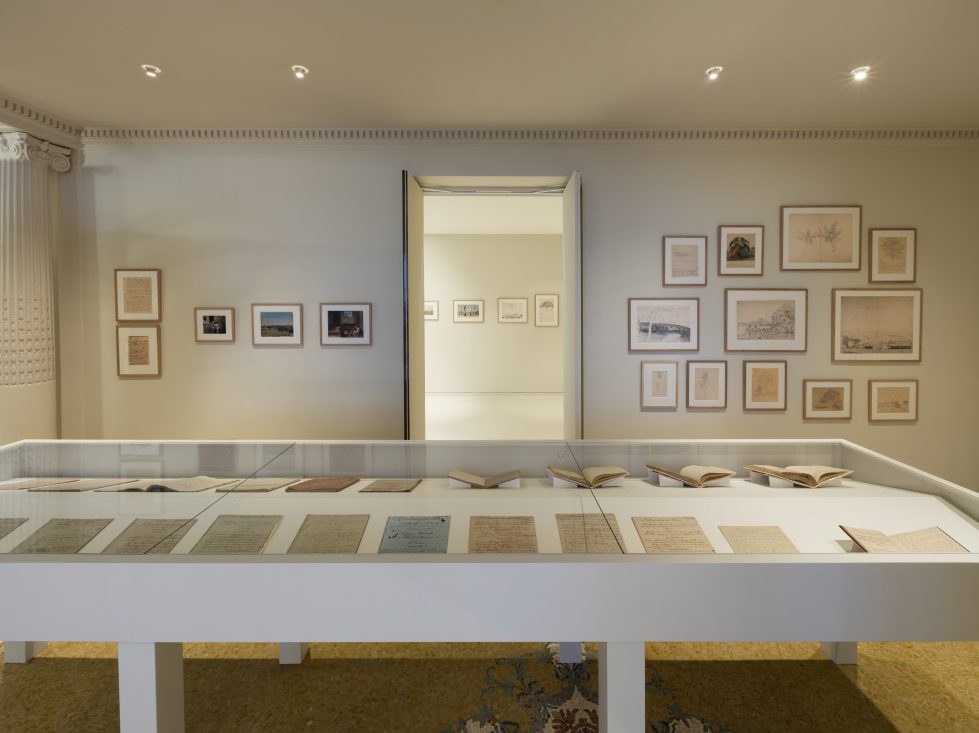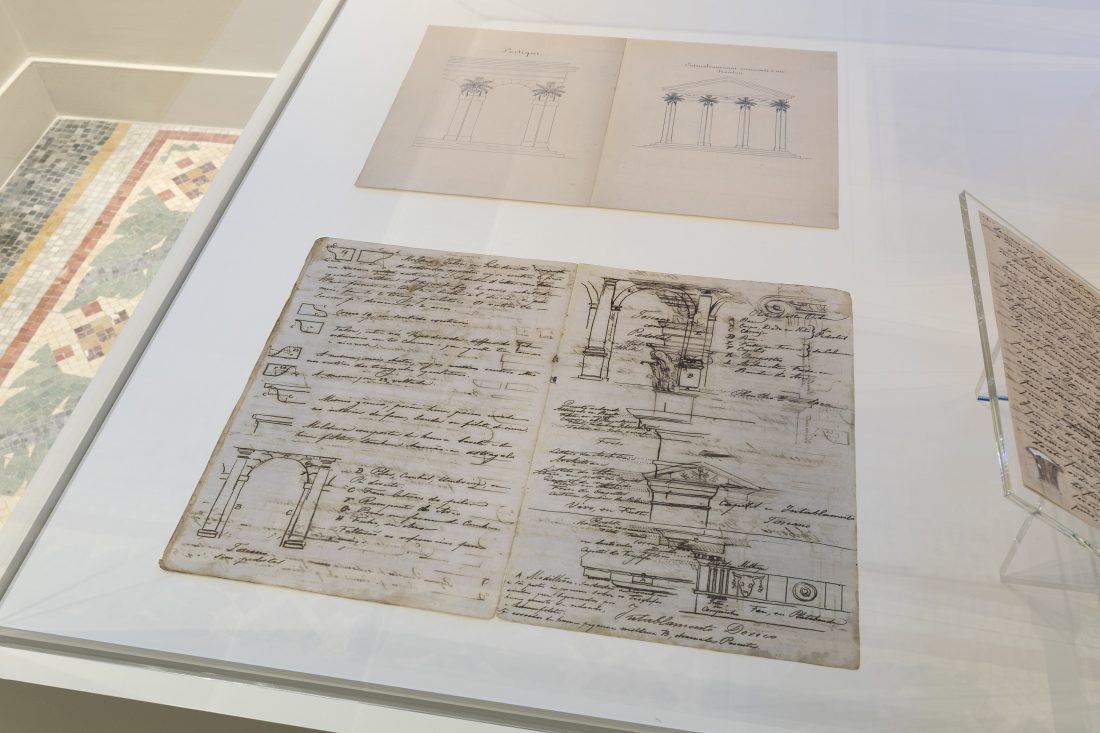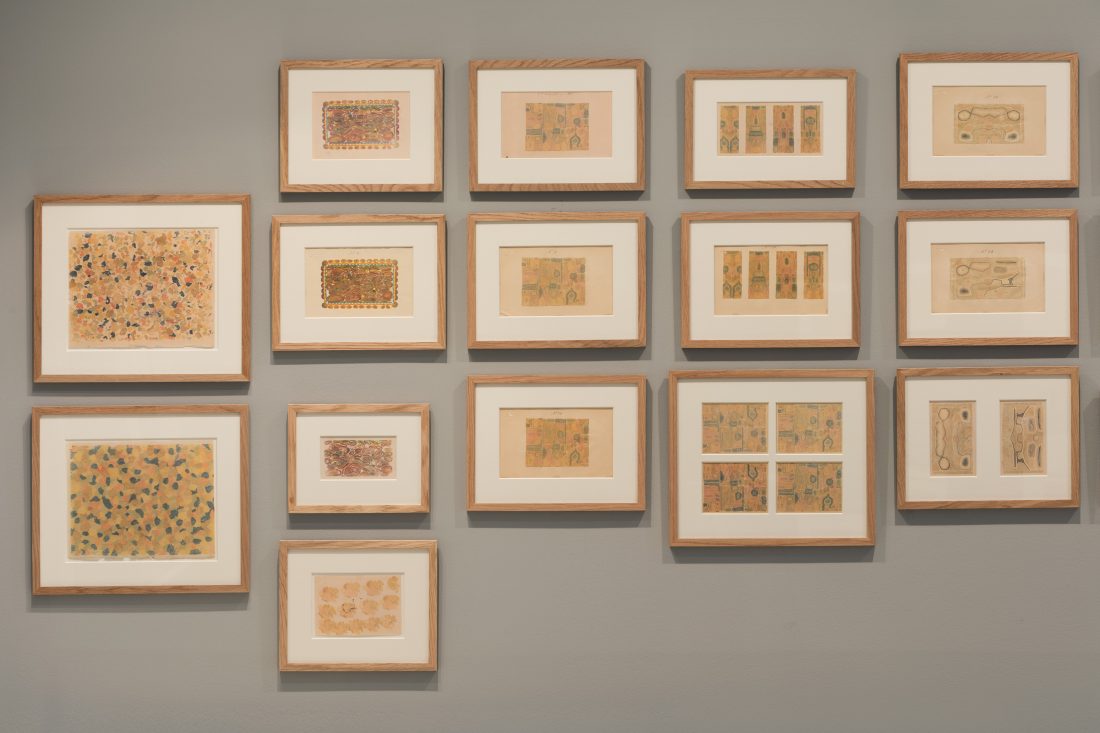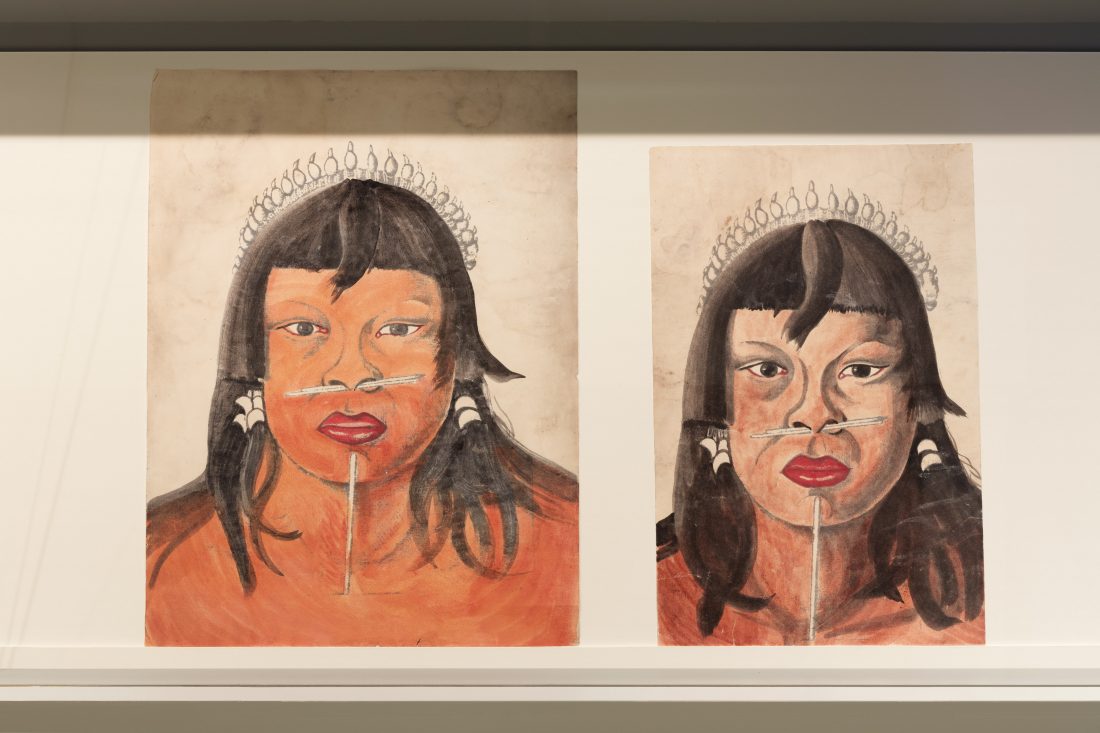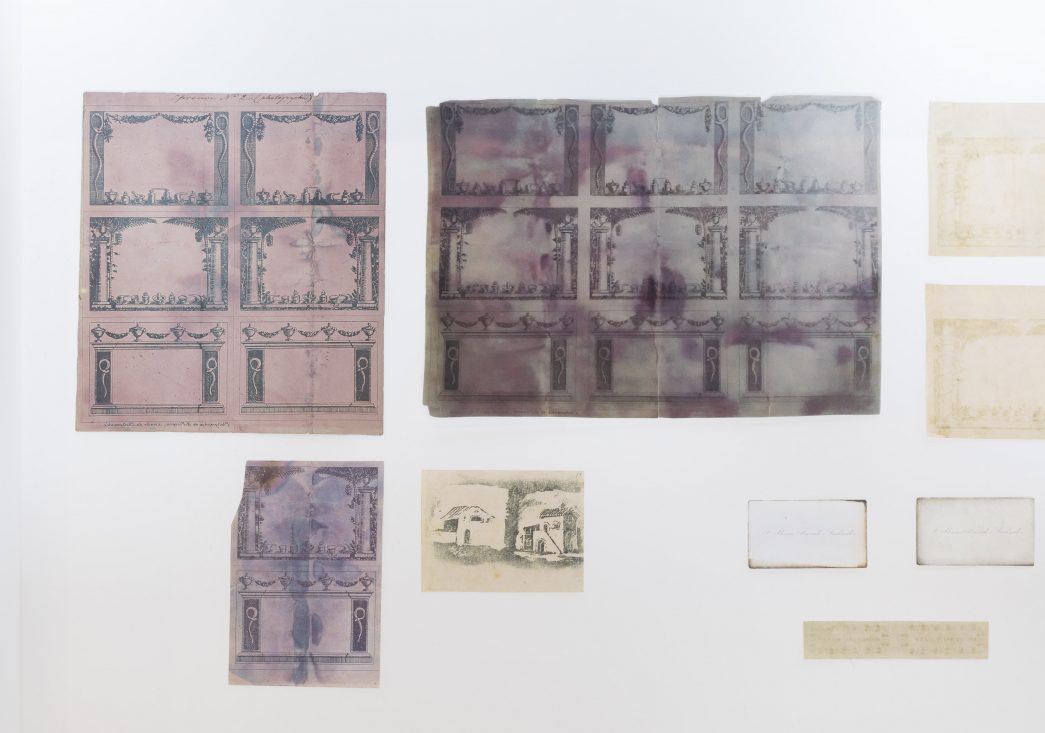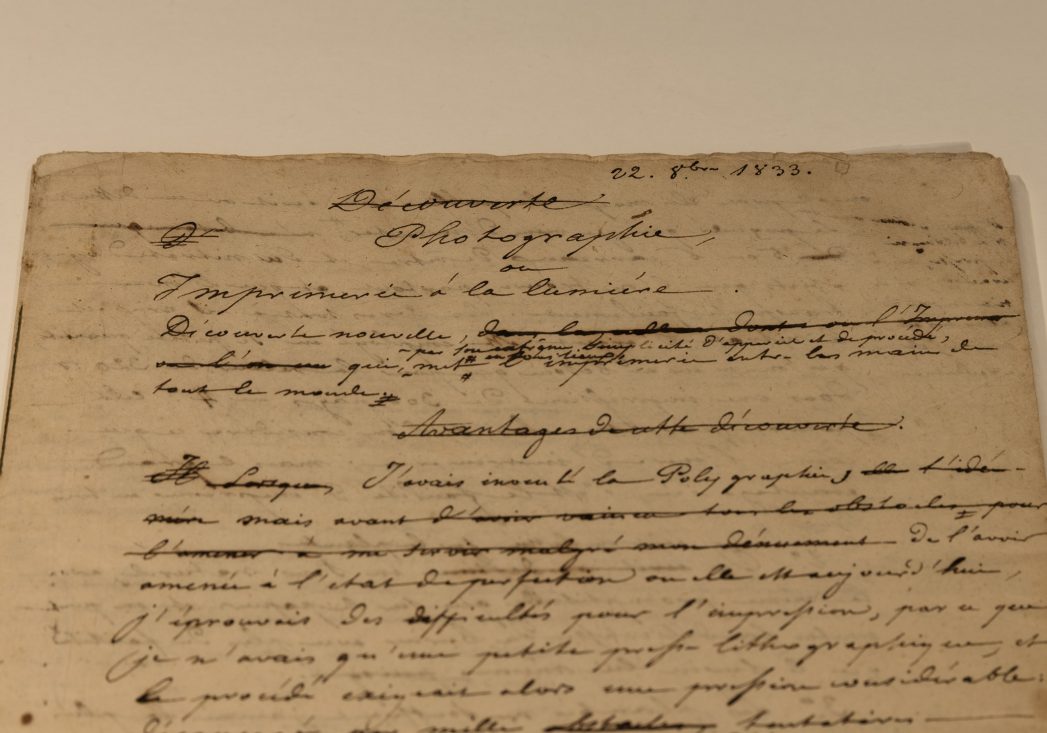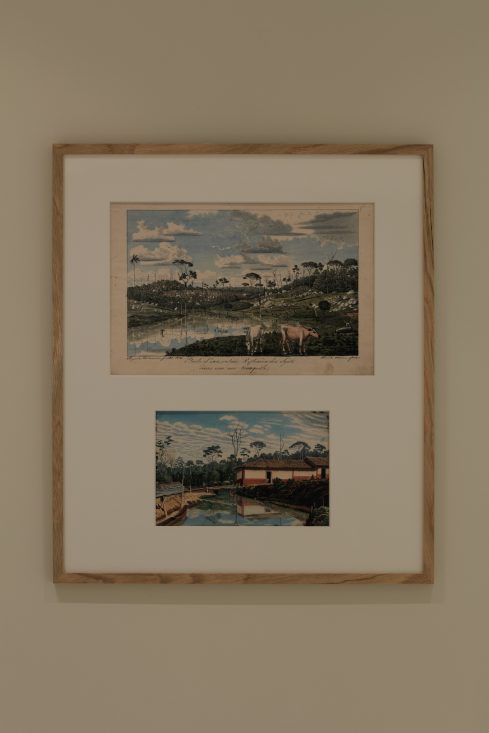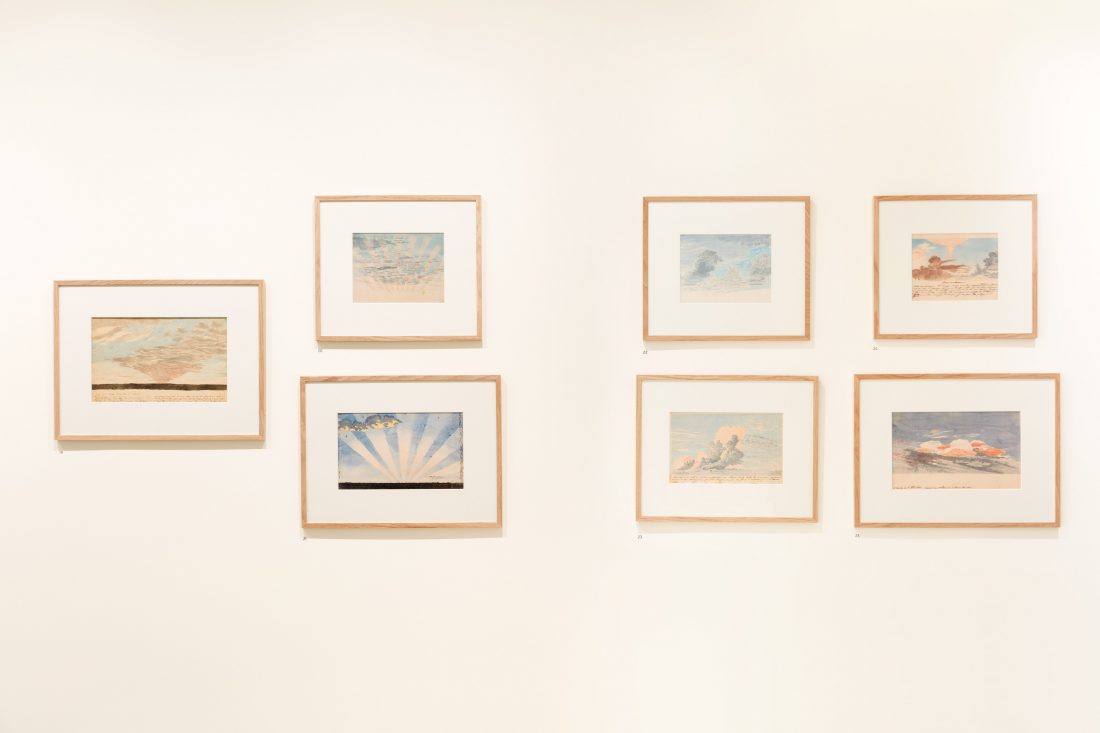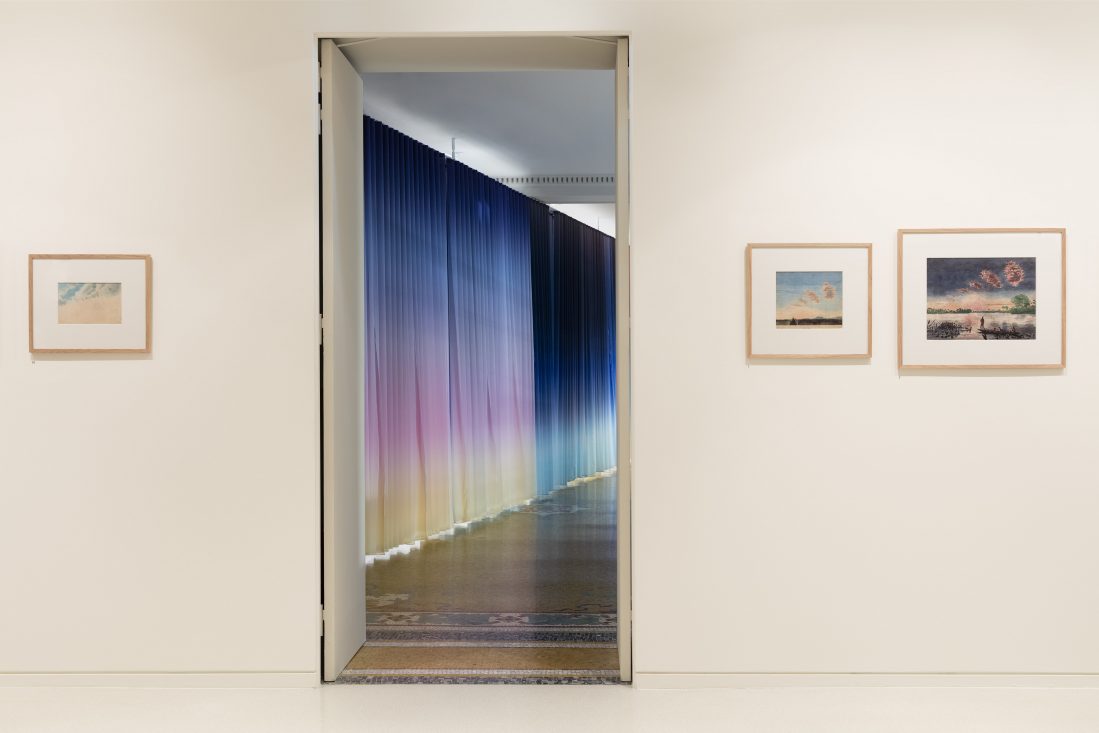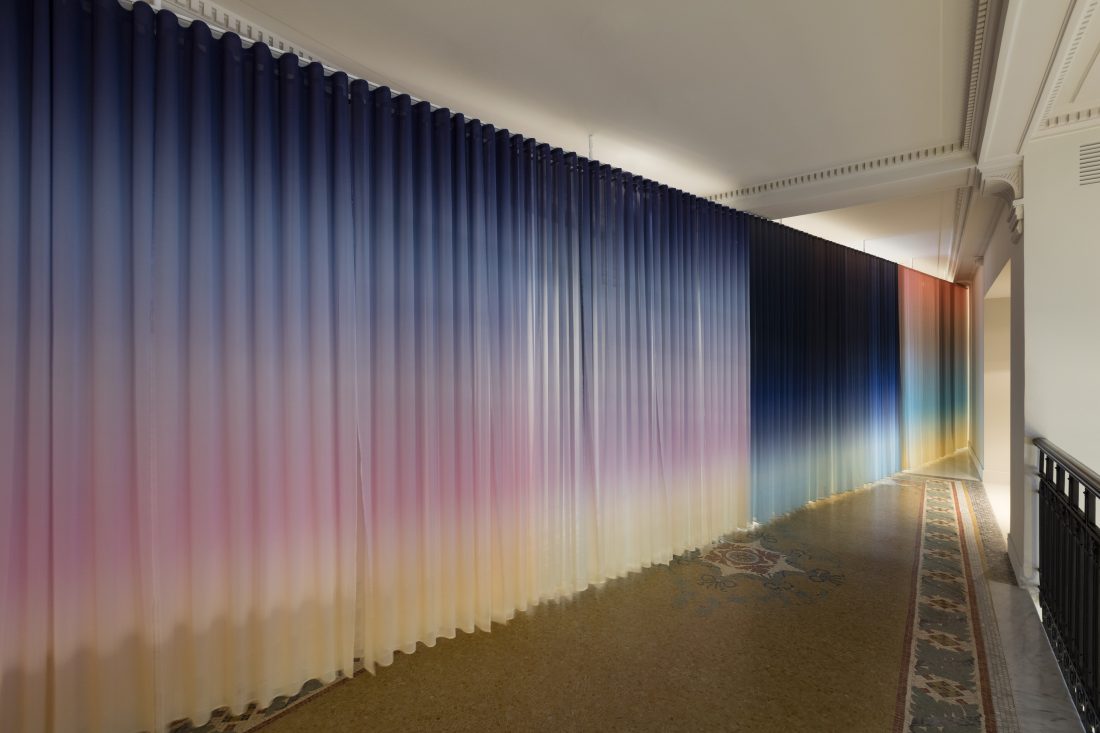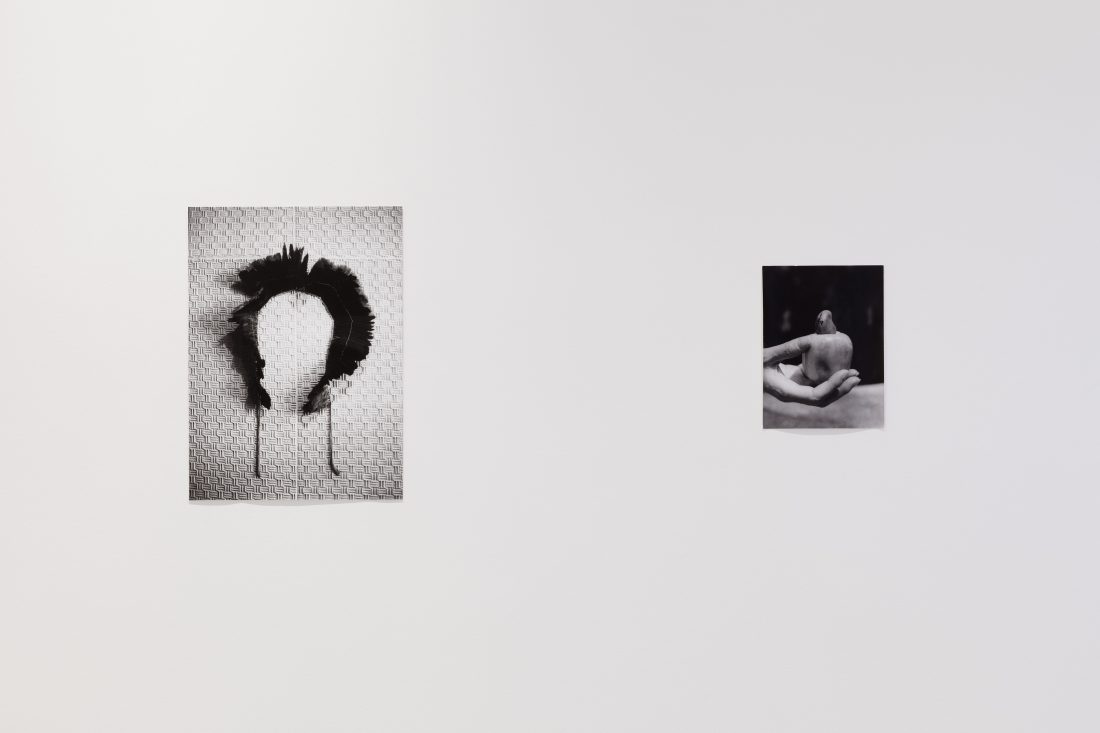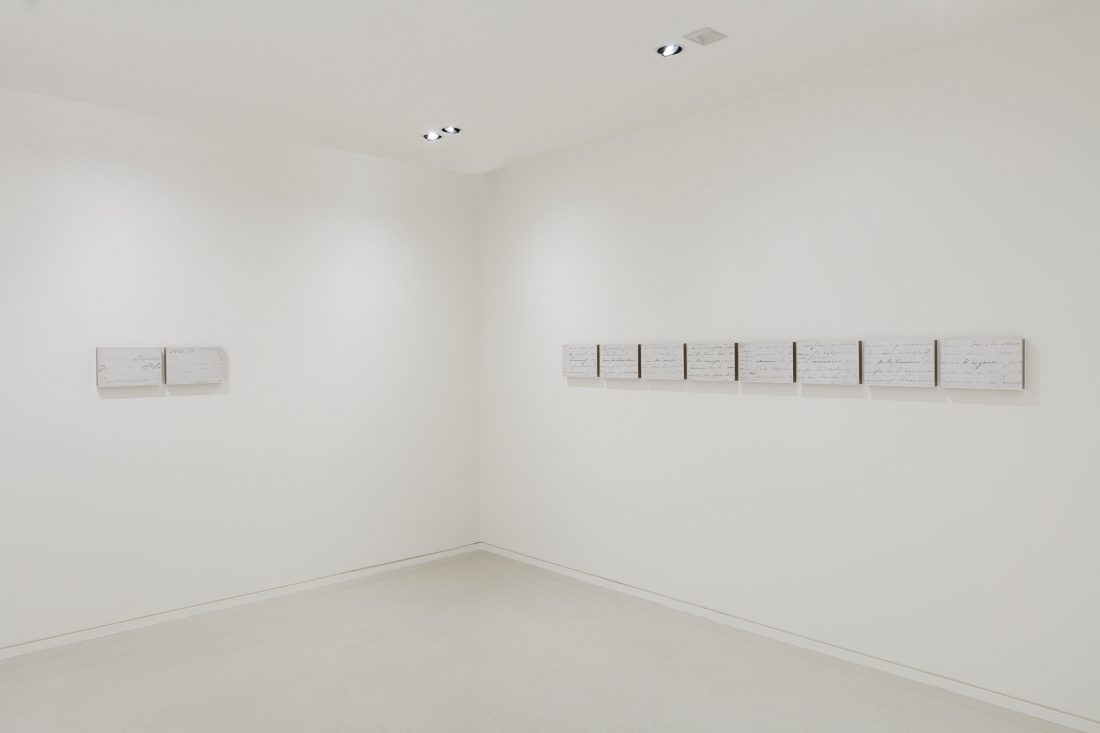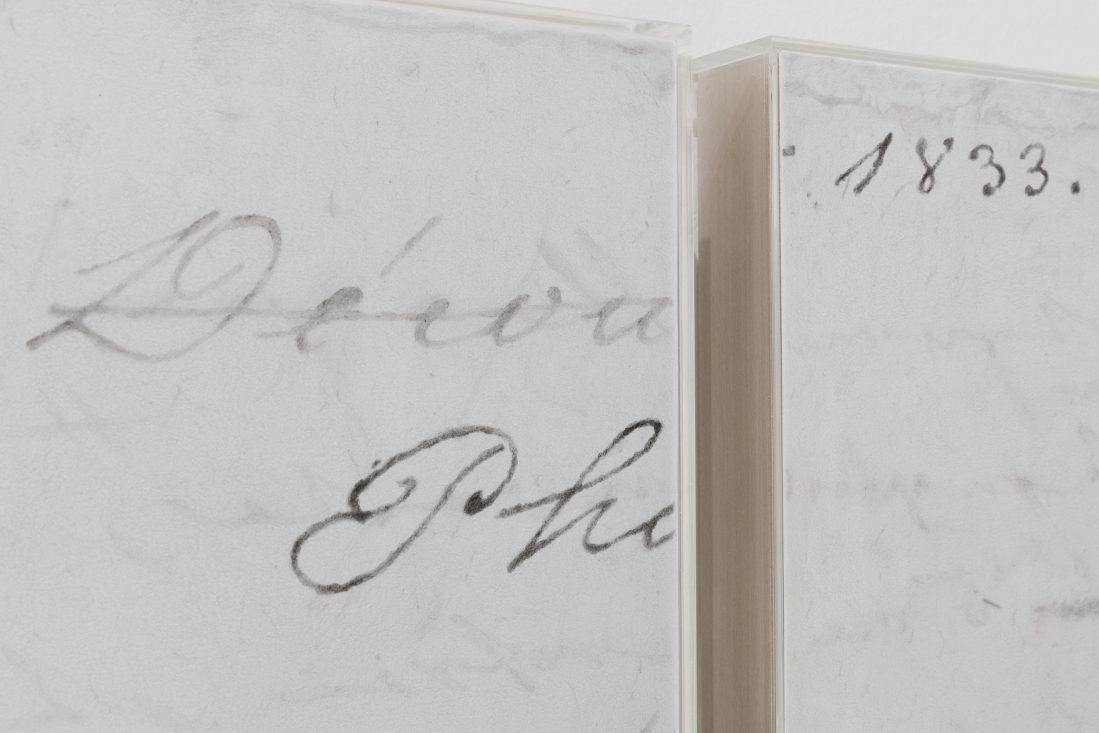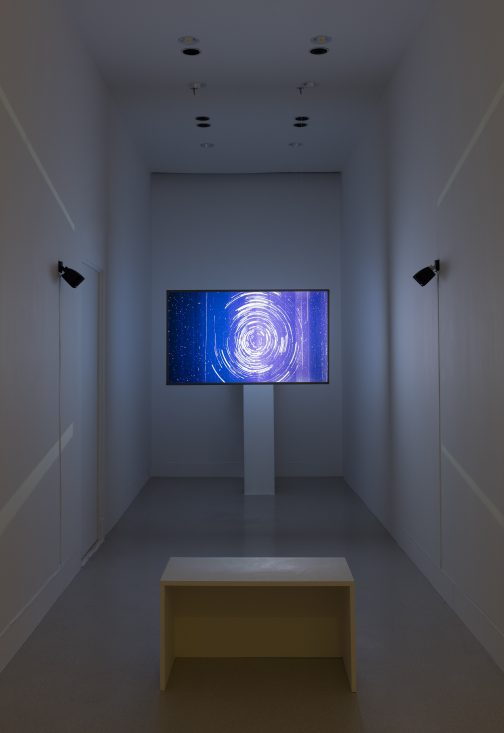Hercule Florence. Le Nouveau Robinson Life and projects of a Monegasque inventor of the XIXth century in Brazil
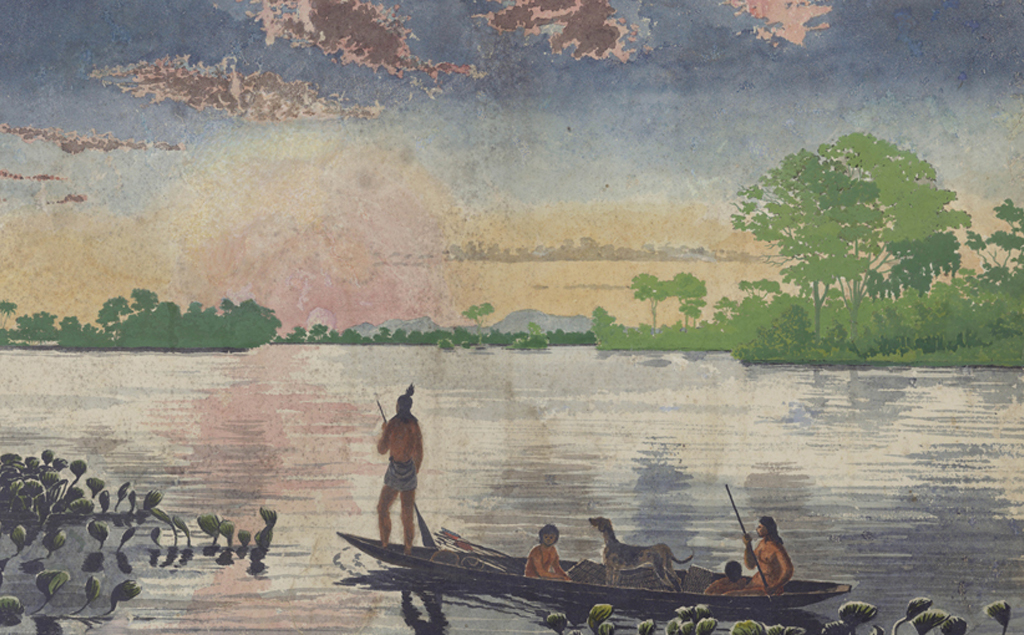
Hercule Florence
Sem titulo (canoa de Guatòs, ao por-do-sol), ca. 1835
watercolor and Indian ink on paper
32 x 43,5 cm
Collection C. H. Florence – Leila et Silvia Florence
This exhibition presents a five year-long research on the work of the Monegasque-Brazilian inventor and artist Hercule Florence (1804–79), introducing him for the first time to the European public. The show is curated by Linda Fregni Nagler and Cristiano Raimondi and is followed by a publication with international contributions.
The inventor of Zoophonia, a system for the musical notation of bird songs, and of Polygraphia, a printing method based on the principles of photography, in 1833 Hercule Florence invented in Brazil a photographic process, independently from the contemporary research being carried out in Europe, and was the first to use the word “Photographie”.
This exhibition will show about 400 works, most of them being Hercule Florence’s drawings and manuscripts coming mainly from Collection C. H. Florence – Leila and Silvia Florence (São Paulo). Other private and public institutions have lent significant works : Accademia delle Scienze, Turin ; Archives du Palais Princier, Monaco; Bibliothèque de Genève ; Bibliothèque nationale de France, Paris ; BU Sciences, Bibliothèque interuniversitaire de Montpellier ; Instituto Hercule Florence, São Paulo ; Instituto Moreira Salles, Rio de Janeiro ; Kingston Museum and Heritage Service, Kingston upon Thames ; Musée du quai Branly – Jacques Chirac, Paris ; Musée Nicéphore Niépce, Ville de Chalon-sur-Saône ; Museu Paulista, Universidade de São Paulo; Science Museum, London ; Unicamp, Universidade Estadual de Campinas, São Paulo . Thanks to initiated research the NMNM has thus been able to codify, itemize and produce nearly two thousand digital files from elements of the C.H. Florence Collection – Leila and Silvia Florence (São Paulo). The files have been divided mainly by document typology: drawings, prints, letters, manuscripts, photographs and publications. Beyond this inventorial work, the digitalization was indispensable for many reasons; the protection of the collection, its identification, and its distribution between the relevant researchers engaged in the objective of studying, publishing and exhibiting the collection.
Florence’s drawings and manuscripts, as well as the first photographic copy of the history of the Americas, are put together for the first time in a single exhibition project. This presentation conveys the central theme of the exhibition: the revelation of Florence’s line of thought and modus operandi, expressed in the constant exercise of copy, tracing and reproduction. The need to reproduce his own work in a mechanical way led Florence to invent different printing systems alternative to etching, one of them was precisely photography.
The aim of this project is to give back this famous character its proper place in the history of culture, especially that of photography, while making a connection with the research of his peers, therefore offering an important step forward in the study of this complex figure through a thorough work on the origins of this technique.
Along with the corpus of Florence’s drawings and manuscripts, international artists such as Lucia Koch, Jochen Lempert, Leticia Ramos and Daniel Steegmann Mangrané (amongst others) have been invited to produce works specifically for the exhibition. This selection of artists has been made taking into account the ability that they all have to create a relationship between their own practices and other disciplinary environments such as biology, history, the history of techniques, and meteorology.
The exhibition insists on a disciplinary broadening, shedding light also on the scientific aspect of contemporary research, and offers a conception of art that makes it a systematic exploration of methodological and experimental research.
Hercule Florence – Biography
Born in Nice in 1804, his family hailing from the Principality of Monaco – his father was a doctor and a military man and an amateur painter, his mother tended also towards the arts. The positivist and romantic cultures of the nineteenth century both played a role in him and found common ground in his exploration of distant lands.
The young Florence emigrated to Brazil in 1824, and in 1825 he found himself taking part as a draughtsman in the Langsdorff expedition to the Mato Grosso, commissioned by Tsar Alexander I. The expedition, headed by Russian naturalist Georg Heinrich von Langsdorff, embarked from São Paulo to Pará, in the Amazon, and was to acquire epic proportions. Langsdorff covered 17,000 km in Brazil over the space of five years, collecting information about the fauna, the flora and the native tribes of the Amazonas. The records collected were massive and, when the expedition ended, they were sent to the Academy of Sciences in St. Petersburg, but fell in oblivion for more than one century.
The scientists Édouard Ménétries, Ludwig Riedel, Christian Hasse and Nester Gaverilovitch Rubtsov went on the expedition, making zoological, botanical, astronomical and cartographical observations. In order to document and illustrate his discoveries, Baron von Langsdorff hired the painters Hercule Florence, Johann Moritz Rugendas and Adrien Taunay. Florence, drew botanic and animal species as well as Indian tribes, some of which had never been represented before. Moreover, Florence was the only one to write a travel diary of the expedition.
In this mission, full of uncertainties and dangers, he discovered his abilities as a scientist and brilliant inventor.
After the Langsdorff expedition in 1830, Florence settles with his first wife Maria Angélica in the small town of São Carlos (today Campinas) where he starts working in the production of coffee. Once a widow, he married Carolina Krug. The institute for women that she created played a decisive role at the time, establishing new rules in education and raising the school age. Until his death in 1879, Florence produced a series of scientific manuscripts and biographical diaries in which he analyzed and detailed his research linked to the printing systems he invented, such as Polygraphy,and Pulvography, as well as Photography of which he is considered a pioneer today. The photochemical process used by Hercule Florence in 1833 was successfully tested in 1976 at the laboratories of the Rochester Institute of Technology, upon the request of Boris Kossoy. It is important to point out that this process was not just the only experiment of its kind in Latin America in those years but also that it remained unknown for 140 years.
Florence also dedicated himself to other inventions such as ‘Noria Hydrostática” and the “Papier Inimitable”, a water-marked sheet of paper the he wanted to introduce as unique currency in Brazil. He also produces a series of drawings documenting the agricultural activities in the north of Sao Paulo, leaving behind him an important iconographic heritage showing the systems used for the culture of coffee, then linked to slavery and deforestation.
He also put together a “Picturesque-Celestial Atlas”, an inventory of extraordinary watercolours depicting clouds in the sky of Campinas, conceived as a sample of visual material for artists.
Curators : Linda Fregni Nagler and Cristiano Raimondi

